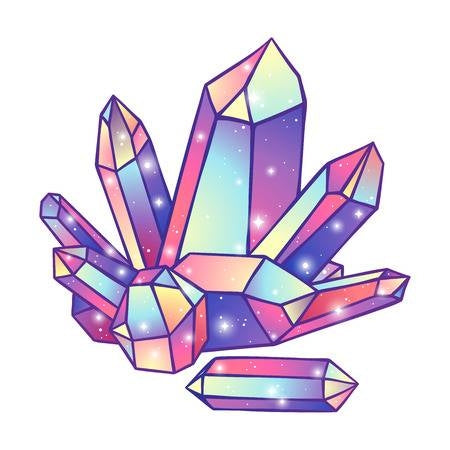1
/
de
5
www.8fc.com
Nine Planet Box
Nine Planet Box
Prix habituel
$13.00 USD
Prix habituel
$15.00 USD
Prix soldé
$13.00 USD
Prix unitaire
/
par
Frais d'expédition calculés à l'étape de paiement.
Impossible de charger la disponibilité du service de retrait
Size:8inch*2.6inch*1.4inch
Weight:172g
The nine planets are the inner planets of the solar system. According to the distance from the sun, they are Mercury, Venus, earth, Mars, Jupiter, Saturn, Uranus, Neptune and Pluto.
1. Mercury: closest to the sun, is the smallest planet in the solar system. Mercury is smaller in diameter than Ganymede and Titan, but its mass is larger.
2. Venus: it is the second closest planet to the sun and the sixth largest planet in the solar system. Among all the planets, Venus' orbit is the closest to the circle, with a deviation of less than 1%.
3. Earth: it is the third planet from inside to outside in the solar system and the fifth largest planet in the solar system.
4. Mars: it is the fourth farthest from the sun and the seventh largest planet in the solar system. In ancient China, it was also called Yinghuo. Because Mars is red, Yingying looks like fire, its brightness often changes, and it moves in the sky, sometimes from west to East, sometimes from east to west. The situation is complex and confusing. So in ancient China, it was called "Yinghuo", which means "Yingying, Huoguang, Lili, Luan, and confused." Meaning.
5. Jupiter: it is the fifth planet away from the sun and the largest one. It is 2.5 times larger than the total mass of all other planets and 318 times the mass of the earth.
6. Saturn: it is the sixth farthest planet from the sun and the second largest of the eight planets.
7. Uranus: it is the seventh farthest planet from the sun in the solar system. In terms of diameter, it is the third largest planet in the solar system. Uranus is larger than Neptune in volume but smaller in mass.
8. Neptune: it is the eighth planet orbiting the sun and the fourth largest celestial body in the solar system. Neptune is smaller in diameter than Uranus but larger in mass.
9. Pluto: Pluto is Pluto in ancient Roman mythology, that is, Hades in Greek mythology.
Afficher tous les détails
Weight:172g
The nine planets are the inner planets of the solar system. According to the distance from the sun, they are Mercury, Venus, earth, Mars, Jupiter, Saturn, Uranus, Neptune and Pluto.
1. Mercury: closest to the sun, is the smallest planet in the solar system. Mercury is smaller in diameter than Ganymede and Titan, but its mass is larger.
2. Venus: it is the second closest planet to the sun and the sixth largest planet in the solar system. Among all the planets, Venus' orbit is the closest to the circle, with a deviation of less than 1%.
3. Earth: it is the third planet from inside to outside in the solar system and the fifth largest planet in the solar system.
4. Mars: it is the fourth farthest from the sun and the seventh largest planet in the solar system. In ancient China, it was also called Yinghuo. Because Mars is red, Yingying looks like fire, its brightness often changes, and it moves in the sky, sometimes from west to East, sometimes from east to west. The situation is complex and confusing. So in ancient China, it was called "Yinghuo", which means "Yingying, Huoguang, Lili, Luan, and confused." Meaning.
5. Jupiter: it is the fifth planet away from the sun and the largest one. It is 2.5 times larger than the total mass of all other planets and 318 times the mass of the earth.
6. Saturn: it is the sixth farthest planet from the sun and the second largest of the eight planets.
7. Uranus: it is the seventh farthest planet from the sun in the solar system. In terms of diameter, it is the third largest planet in the solar system. Uranus is larger than Neptune in volume but smaller in mass.
8. Neptune: it is the eighth planet orbiting the sun and the fourth largest celestial body in the solar system. Neptune is smaller in diameter than Uranus but larger in mass.
9. Pluto: Pluto is Pluto in ancient Roman mythology, that is, Hades in Greek mythology.










